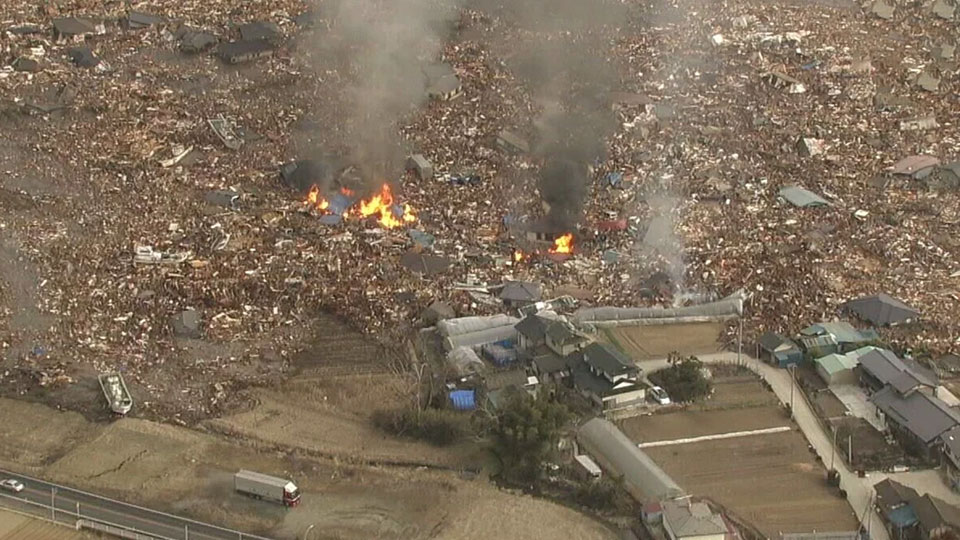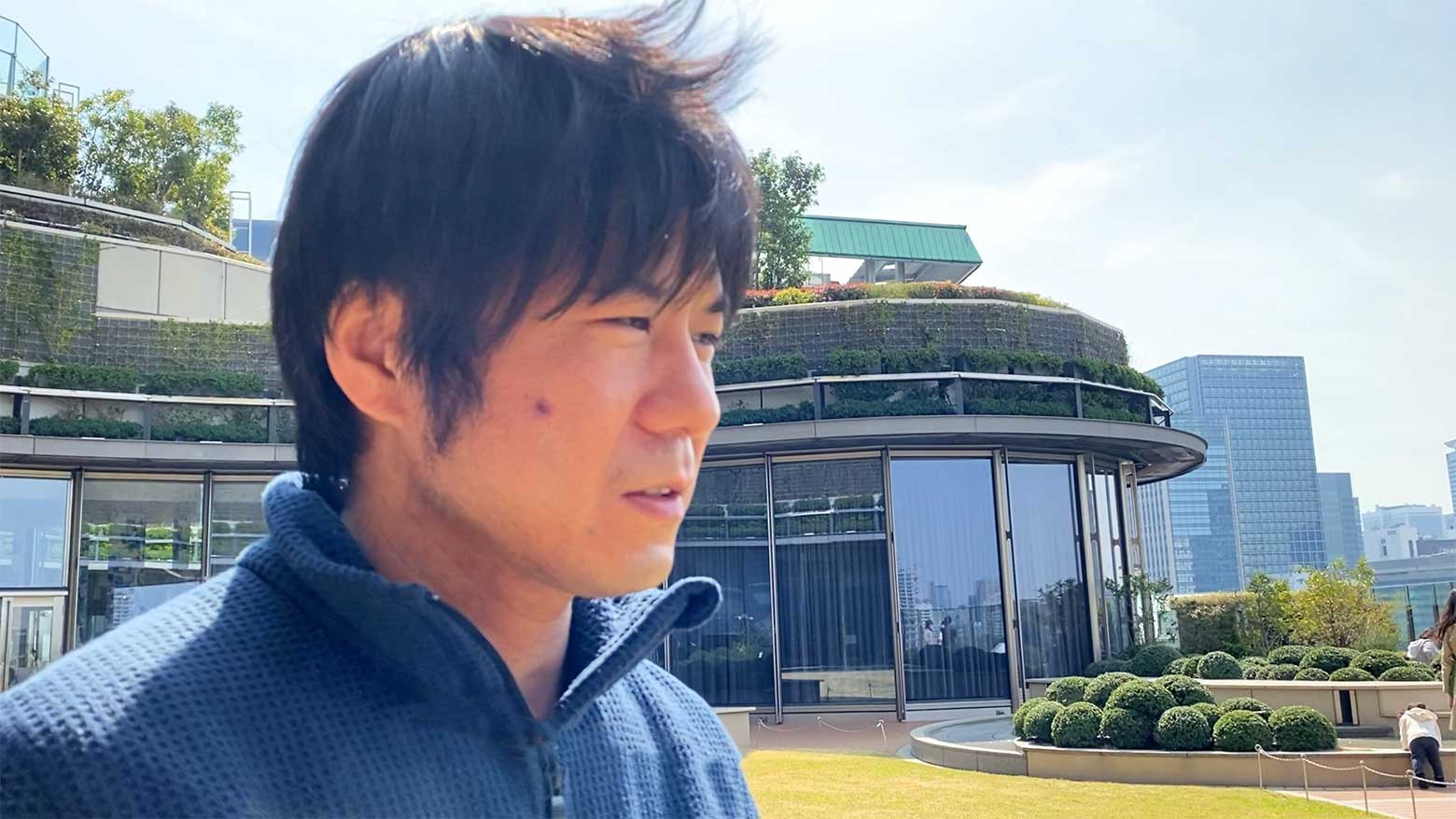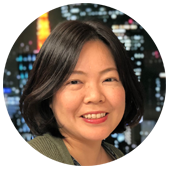Hokoi — a first-year cameraperson with NHK’s Fukushima bureau — was on standby at Sendai Airport in Miyagi Prefecture when the earthquake struck. One hour later, he was in the air filming as a massive tsunami swept through the city, swallowing cars and homes. Some buildings caught fire as they were swept away. Clouds of dirt rose amid the destruction.
"It was far beyond anything you could’ve imagined," he said. "It was difficult for me to even understand what was happening. The tsunami was flooding Sendai Airport, where I had just been. I could have been there. But I was in the air, which was the safest place at that point, filming as people were about to lose their lives. I felt so helpless."

In the ensuing months, Hokoi covered a disaster of a different nature, after the tsunami precipitated an accident at the Fukushima Daiichi nuclear power plant. He interviewed people who were forced to evacuate from their homes and saw from up close how once vibrant towns gradually fall into disrepair without life.
Two years later, Hokoi was offered a transfer. Instead, he opted for a career change, quitting NHK to become an artist. Fukushima remained his home and the inspiration for his work. He depicted the nature and everyday life of the region. Initially, though, there was one topic he could not touch: the March 11 disaster. Hokoi says he had flashbacks every time he thought about what happened, which made it difficult for him to process his emotions in his art.
Then, in 2019, he took part in the Nakanojo Biennale, an international modern art festival held in Gunma Prefecture. At the venue, Hokoi noticed transmission towers and learned that they had once sent power generated at the Fukushima Daiichi nuclear power plant to households in the Greater Tokyo area. He was moved by the sight of the towers coexisting peacefully with nature, spindly steel structures amid an abundance of green. And it inspired him to incorporate the duality of energy and nature into his work.
The result was "Existence and Traces," an installation in an old timber shed in Nakanojo Town. Hokoi harnesses the power of wind blowing through the surrounding mountains to power an engraving device. That device makes its mark on a slice of cedar, carving a pattern of wind over the rings that nature already gave it. In the background is a pylon that still sends power from Fukushima’s other plant to the Tokyo region.
"Both energy from nature and from human technology are invisible to us in today’s world," says Hokoi. "And in a society where things tend to be visualized, it’s difficult for us to imagine that which we can’t see. I’m not saying which is right and which is wrong: Just that visualizing these forces as part of the same world might inspire a new way of seeing things."
And this year, a decade after the nuclear disaster, Hokoi finished his latest project, titled “Invisible Cooperation.” The wood and steel piece, installed on the patio of a commercial high-rise in central Tokyo, is essentially a vast mobile that uses either solar, wind power or both to rotate.
Hokoi says it represents the point where people and nature come together. Since becoming an artist, he has striven to explore this unique relationship between humanity and nature, and he says he wanted to do so in the context of a city.
"My work isn't directly supporting Fukushima," he says. "But I believe that inspiring people to think about what happened is an important part of what I do. I want to continue reflecting my experiences of the disaster in my art."

